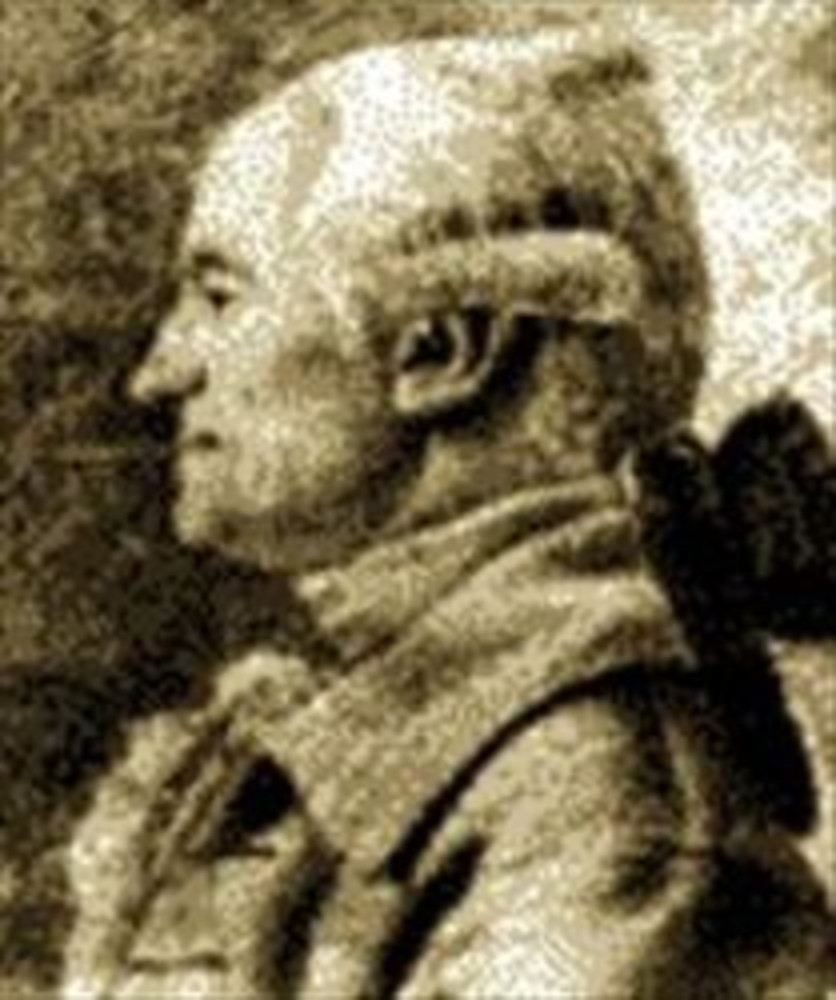Dates and Stats
 Born: Buttelstedt, April 15, 1688
Born: Buttelstedt, April 15, 1688
Died: Zerbst, December 5, 1758
Nationality: German
Performed as: Violinist, Composer, and Organist
Side note of history: The court of Zerbst was the childhood home of Princess Sophie of Anhalt-Zerbst, who later became Catherine the Great of Russia.
BIOGRAPHICAL OUTLINE
by Joseph Stevenson for www.allmusic.com
Although he was just three years younger than J.S. Bach, Johann Friedrich Fasch was a leader in making the transition from late Baroque to early Classical in Germany.
Fasch’s family was traditionally associated with the Lutheran church, either as theologians or as Kantors. He was a boy soprano in the towns of Suhl and Weissenfels. The composer J.P. Kuhnau heard him sing and convinced him to attend the Thomasschule in Leipzig from the age of 13. He became friends with another student, the 20-year-old Georg Philipp Telemann (1681 – 1767). While Fasch was attending the university (like Telemann, he was a law student) he founded a collegium musicum, as Telemann had, taking care that it would remain a permanent organization after he left. It survived until 1756, and counted J.S. Bach as one of its leaders during its lifetime. It took a position in Leipzig’s musical life nearly as important as that of the Thomasschule itself.
As director of the collegium musicum he had occasion to study a wide variety of music. The local ruler of his hometown, the Duke of Saxe-Zeitz, hired him to write a pair of operas (which are lost) for festivals held in 1711 and 1712. Fasch now began to travel widely for purposes of rounding out his education. He arrived in Darmstadt in 1713 and studied composition with Graupner and Grünewald. He took a series of jobs: violinist in the court orchestra of Bayreuth (1714), municipal secretary of Gera (1715 – 1719), organist and municipal secretary in Greiz (1719 – 1721), and Kapellmeister to Count Morzin in the Bohemian town of Lukavec. He organized an orchestra there that Vivaldi had occasion to hear and proclaim excellent. He took up the post of Kapellmeister at the court of Zerbst, 40 miles north of Leipzig, in 1721, and remained there for the rest of his life.
His work, besides organizing musical activities in the church and the court, was primarily writing cantatas for the church and festive music for the count. His fame and his music spread throughout Germany. This was partly because of the network of correspondence he enjoyed with other composers, such as Telemann, J.G. Pisendel, his own son Carl Friedrich Christian Fasch, and C.P.E. Bach. Fasch wrote 12 complete cantata cycles, 16 or more masses, four operas, over 90 overtures, and large quantities of symphonies, concertos, and sonatas. None of Fasch’s music was published during his lifetime, and a large percentage of the sacred music is lost, but most of the instrumental music survives.
In 1900 music historian Hugo Reimann recognized that Fasch had transformed the three-movement form of the Italian Baroque concerto by boldly inserting contrasting musical material, often assigning the new theme to winds, laying the stage for the Classical form of dual thematic material. In addition, he used the wind section of the orchestra, not as soloists in a separate “concertante” group, but as components of the orchestra that might help mark a formal contrast by a shift in tone color or texture of the music. He also had a tendency to replace fugal episodes with freer developmental sections. In all this, he markedly anticipated the Classical forms that before his death would begin to flourish in the music of Mozart and others.
